Nature Therapy: Journals & Articles
Further resources, if available, can be found in our full bibliography.
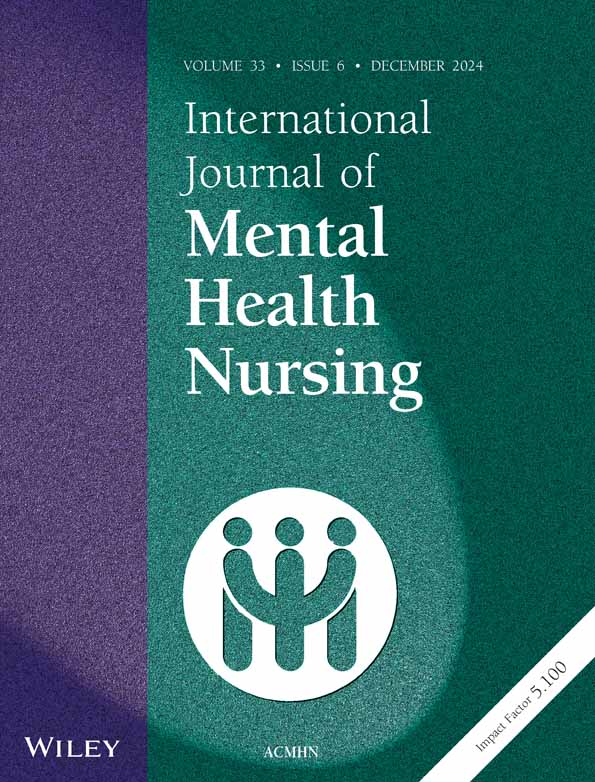
"How Does Nature Exposure Affect Adults With Symptoms of Mental Illness? A Meta-Analysis"
Joanna E. Bettmann, Elizabeth Speelman, Ellison Blumenthal, Scott Couch, Tara McArthur
Existing research on the effects of nature exposure on the mental health of adults indicates that spending time in nature reduces depressive symptoms and stress, increases quality of life and mood and improves mental health. This meta-analysis aimed to answer the question: what are the effects of nature exposure on the social, mental and physical health of adults with symptoms of mental illness? The meta-analysis included all studies relevant to the study research questions which collected quantitative data on nature exposure using validated instruments for at least two time points on each participant and which were published between 1990 and 2020. Regarding the impact of nature exposure on adults with symptoms of mental illness, analyses showed significant, moderate effect sizes for all studies and smaller, but significant, effect sizes for studies with control groups Analyses also yielded critical information regarding the effect size of the type of nature dosage, nature setting, nature-based activity, key mental health outcomes and other factors. These findings from the present study results have important implications regarding the potential benefits of nature exposure for adults and its role in healthcare.
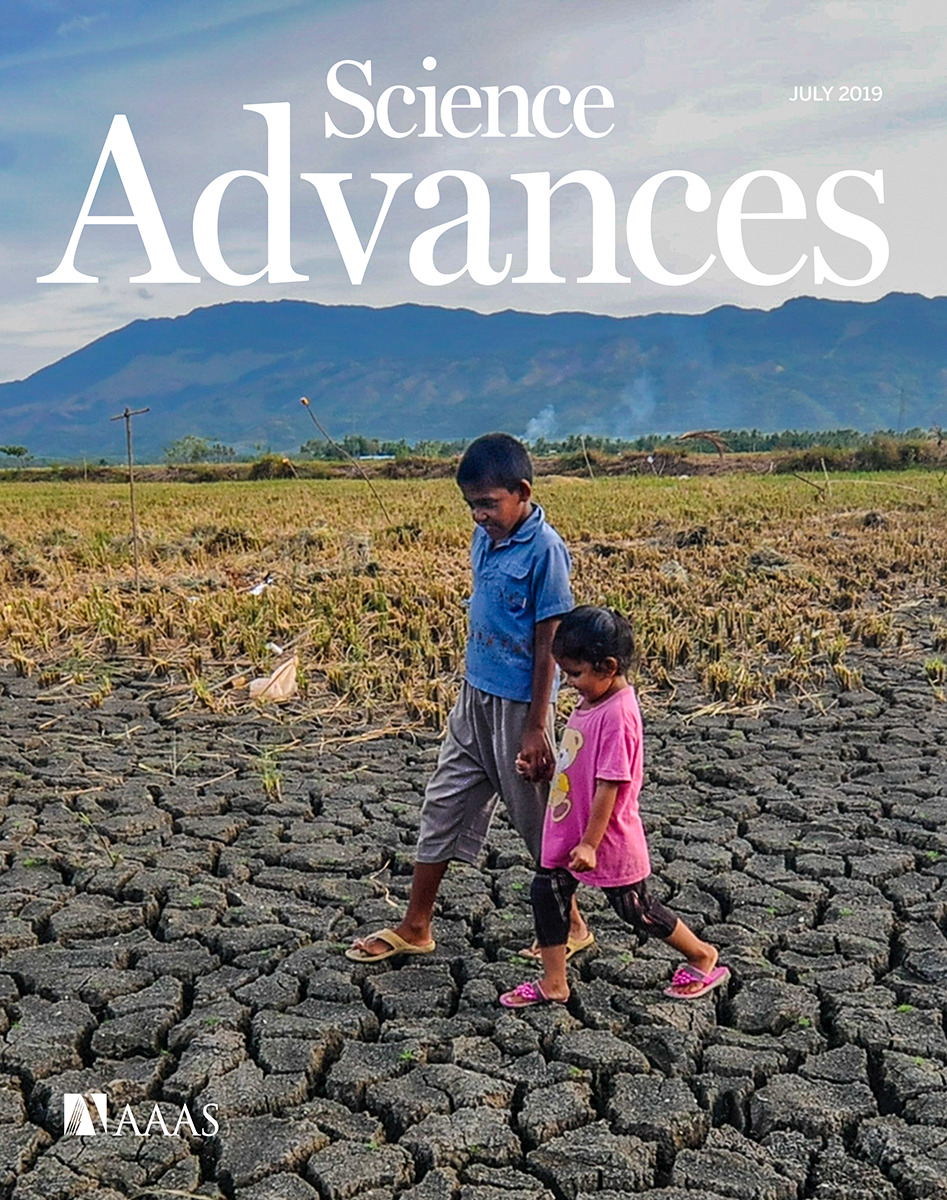
"Nature and mental health: An ecosystem service perspective"
Gregory N. Bratman, Christopher B. Anderson, Marc G. Berman, Bobby Cochran, Sjerp de Vries, Jon Flanders, Carl Folke, Howard Frumkin, James J. Gross, Terry Hartig, Peter H. Kahn Jr., Ming Kuo, Joshua J. Lawler, Phillip S. Levin, Therese Lindahl, Andreas Meyer-Lindenberg, Richard Mitchell, Zhiyun Ouyang, Jenny Roe, Lynn Scarlett, Jeffrey R. Smith, Matilda van den Bosch, Benedict W. Wheeler, Mathew P. White, Hua Zheng, Gretchen C. Daily
A growing body of empirical evidence is revealing the value of nature experience for mental health. With rapid urbanization and declines in human contact with nature globally, crucial decisions must be made about how to preserve and enhance opportunities for nature experience. In this article, Bratman et al. first provide points of consensus across the natural, social, and health sciences on the impacts of nature experience on cognitive functioning, emotional well-being, and other dimensions of mental health. They then show how ecosystem service assessments can be expanded to include mental health, and provide a heuristic, conceptual model for doing so.
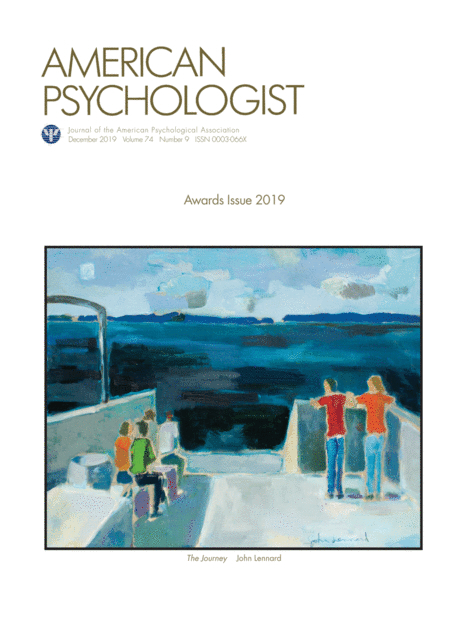
Environmental neuroscience is an emerging field devoted to the scientific study of brain-mediated, bidirectional relationships between organisms and their social and physical environments. A key feature of environmental neuroscience is the rigorous quantification of environmental features that affect the brain and subsequent behavior. In addition, environmental neuroscience considers factors that vary across multiple temporal and spatial scales that interact to produce behavior (e.g., synapses, neural circuits, cognition, local social interactions, citywide social interactions, citywide physical structures). Environmental neuroscientists then measure the spatial and temporal dynamics of the interactions between different levels of analysis.
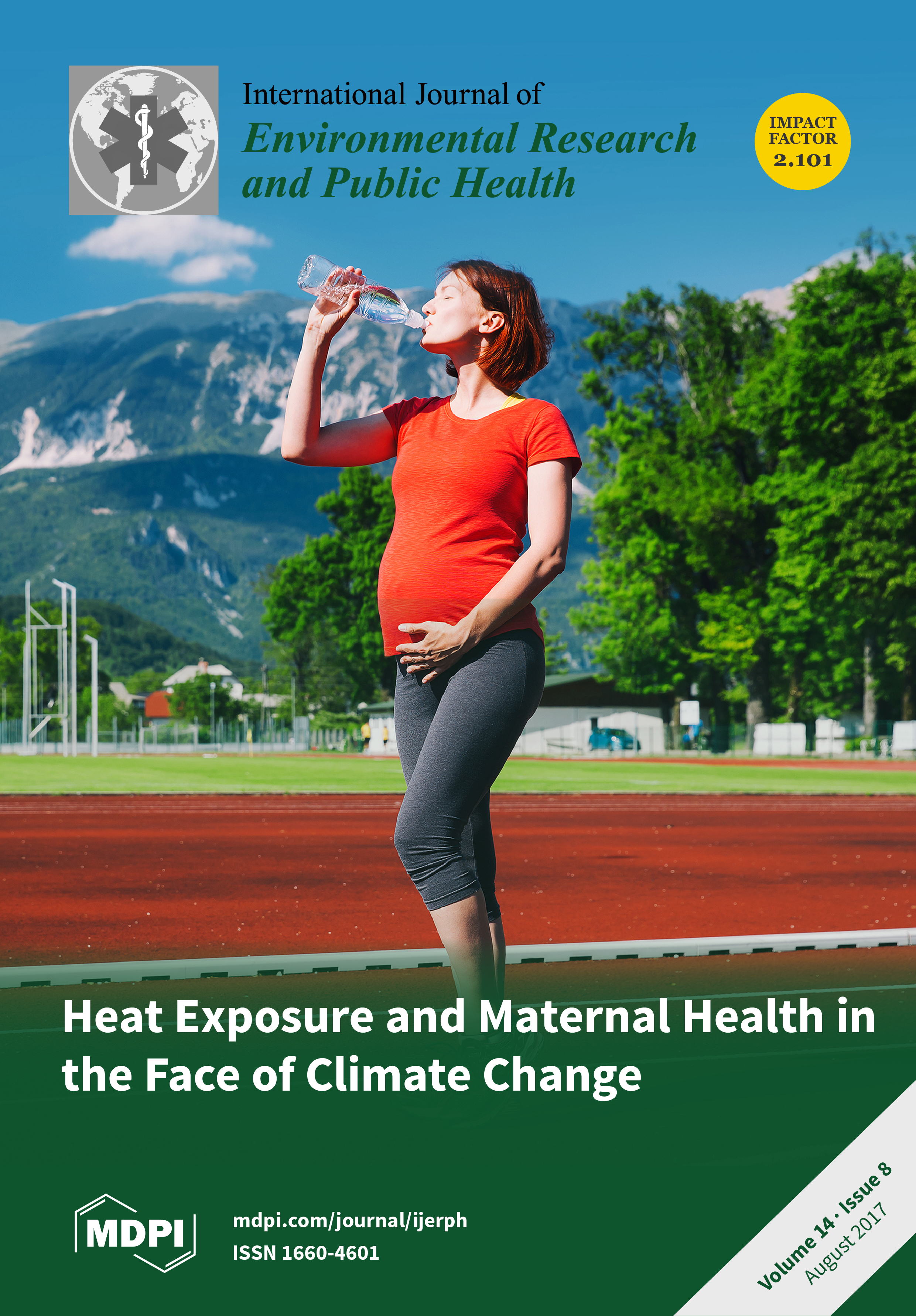
"A Review of the Benefits of Nature Experiences: More Than Meets the Eye"
Lara S. Franco, Danielle F. Shanahan, Richard A. Fuller
Evidence that experiences of nature can benefit people has accumulated rapidly. Yet perhaps because of the domination of the visual sense in humans, most research has focused on the visual aspects of nature experiences. However, humans are multisensory, and it seems likely that many benefits are delivered through the non-visual senses and these are potentially avenues through which a physiological mechanism could occur. Here the authors review the evidence around these lesser studied sensory pathways–through sound, smell, taste, touch, and three non-sensory pathways. Natural sounds and smells underpin experiences of nature for many people, and this may well be rooted in evolutionary psychology. Tactile experiences of nature, particularly beyond animal petting, are understudied yet potentially fundamentally important. Tastes of nature, through growing and consuming natural foods, have been linked with a range of health and well-being benefits. Beyond the five senses, evidence is emerging for other non-visual pathways for nature experiences to be effective. These include ingestion or inhalation of phytoncides, negative air ions and microbes. The authors conclude that (i) these non-visual avenues are potentially important for delivering benefits from nature experiences; (ii) the evidence base is relatively weak and often based on correlational studies; and (iii) deeper exploration of these sensory and non-sensory avenues is needed.
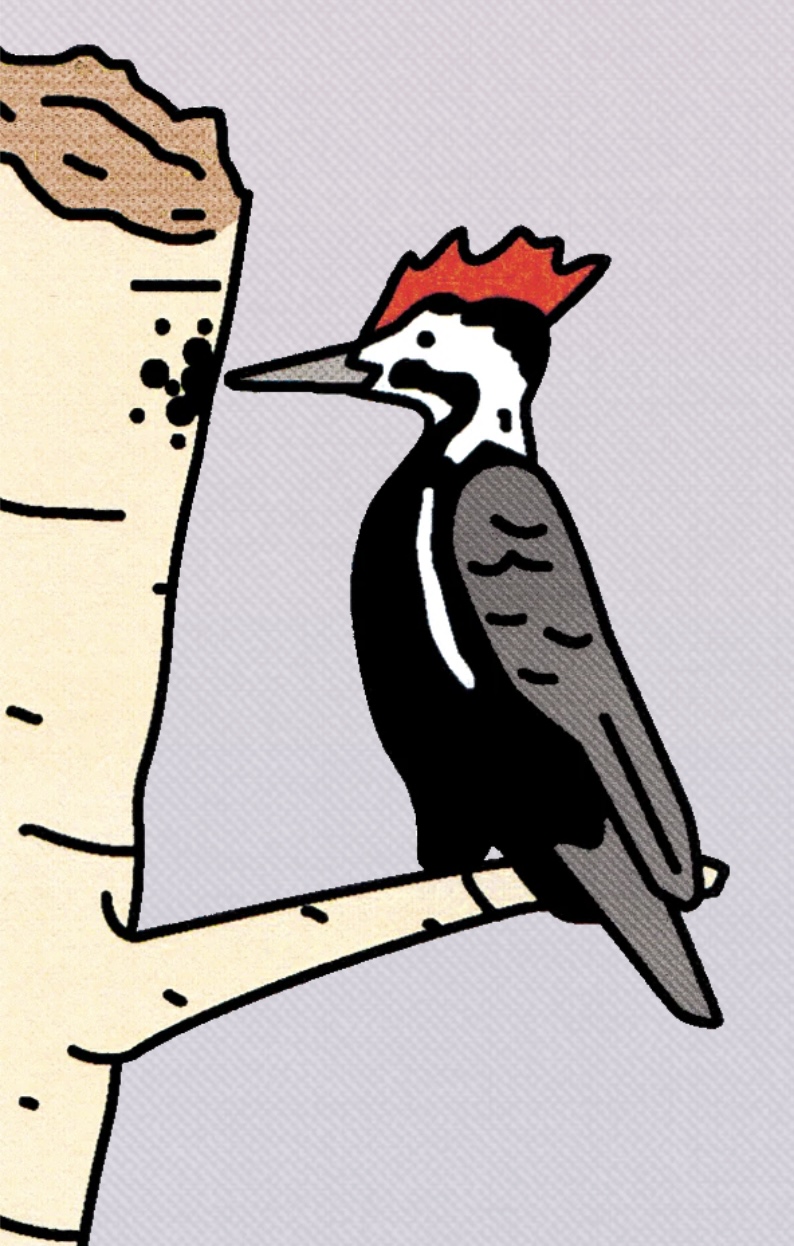
Birds are a way to connect with nature, which is associated with better body and brain health, research shows.
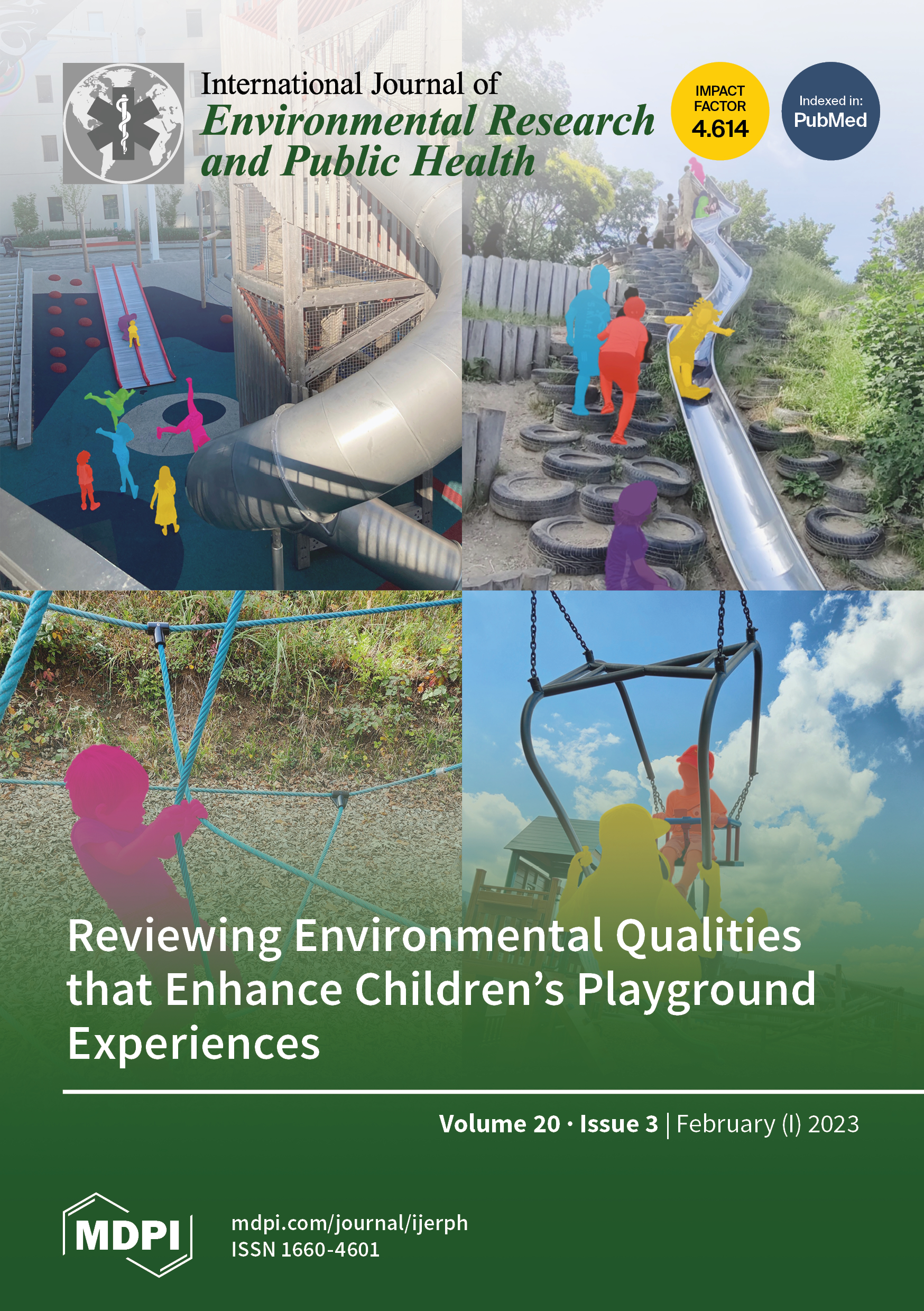
"Nature-Based Therapy in Individuals with Mental Health Disorders, with a Focus on Mental Well-Being and Connectedness to Nature-A Pilot Study"
Lilly Joschko, Anna María Pálsdóttir, Patrik Grahn, Maximilian Hinse
This pilot study investigated the relationships between nature-based therapy, mental health, and individuals’ connectedness to nature. The authors hypothesize that nature-based therapy has a positive impact on individual mental health and connectedness to nature. A mixed-method approach was used to evaluate the effectiveness of nature-based therapy for young psychosomatic patients. The results demonstrated improvements in mental well-being and connectedness to nature through therapy. Additionally, depression scores decreased. Patients reported the importance of the therapist setting the space, the supportive environment, the poems that fostered the nature connection, improvement at the soul level, and overall doing something meaningful. Every patient experienced nature-based therapy as effective. To conclude, the study gives a first insight into the processes of nature-based therapy in the German population at work and the effectiveness of nature-based therapy.
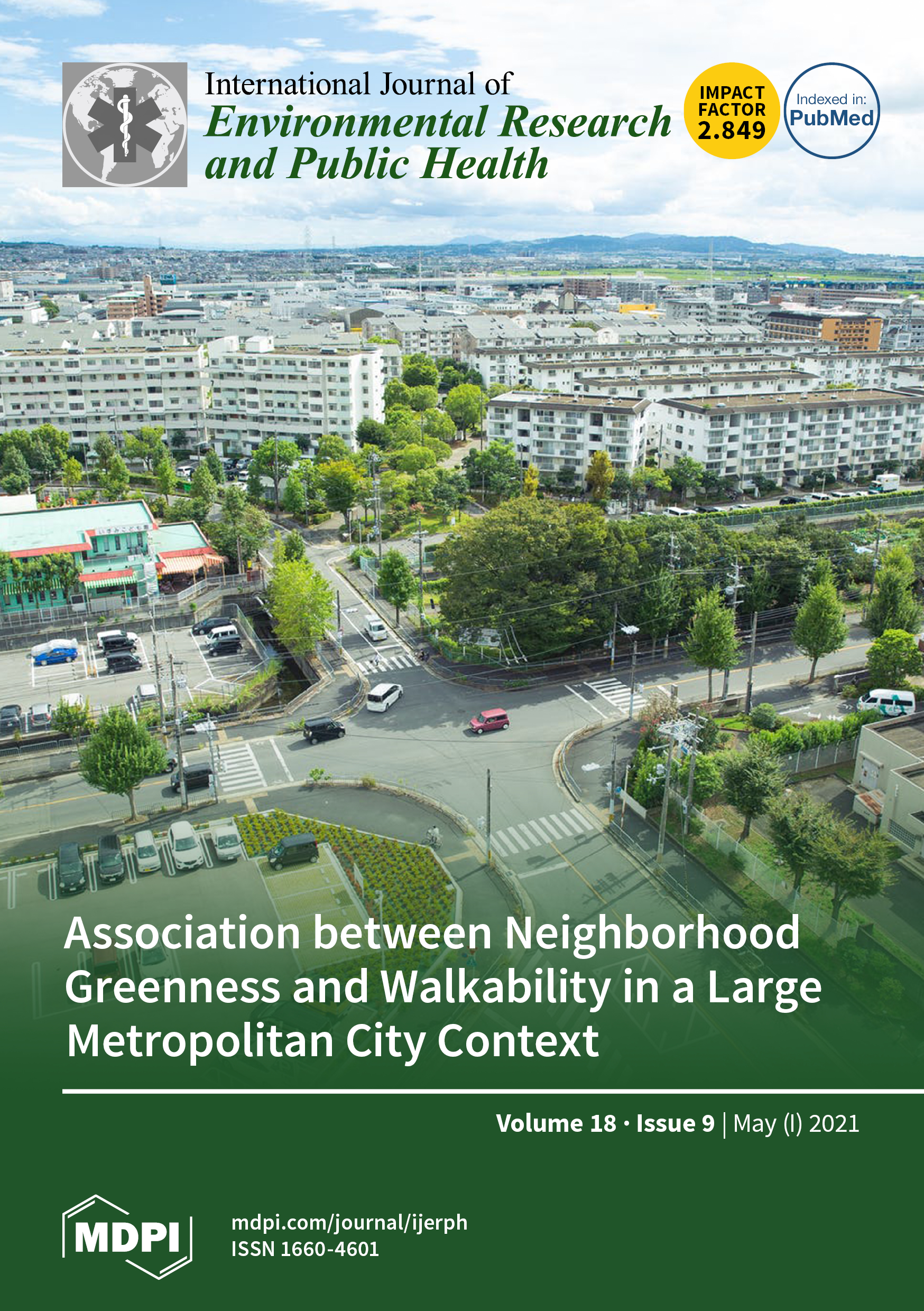
"Associations between Nature Exposure and Health: A Review of the Evidence"
Marcia P Jimenez, Nicole V DeVille, Elise G Elliott, Jessica E Schiff, Grete E Wilt, Jaime E Hart, Peter James
There is extensive empirical literature on the association between exposure to nature and health. In this narrative review, the authors discuss the strength of evidence from recent (i.e., the last decade) experimental and observational studies on nature exposure and health, highlighting research on children and youth where possible. They found evidence for associations between nature exposure and improved cognitive function, brain activity, blood pressure, mental health, physical activity, and sleep. Results from experimental studies provide evidence of protective effects of exposure to natural environments on mental health outcomes and cognitive function. Cross-sectional observational studies provide evidence of positive associations between nature exposure and increased levels of physical activity and decreased risk of cardiovascular disease, and longitudinal observational studies are beginning to assess long-term effects of nature exposure on depression, anxiety, cognitive function, and chronic disease. Limitations of current knowledge include inconsistent measures of exposure to nature, the impacts of the type and quality of green space, and health effects of duration and frequency of exposure. Future directions include incorporation of more rigorous study designs, investigation of the underlying mechanisms of the association between green space and health, advancement of exposure assessment, and evaluation of sensitive periods in the early life-course.
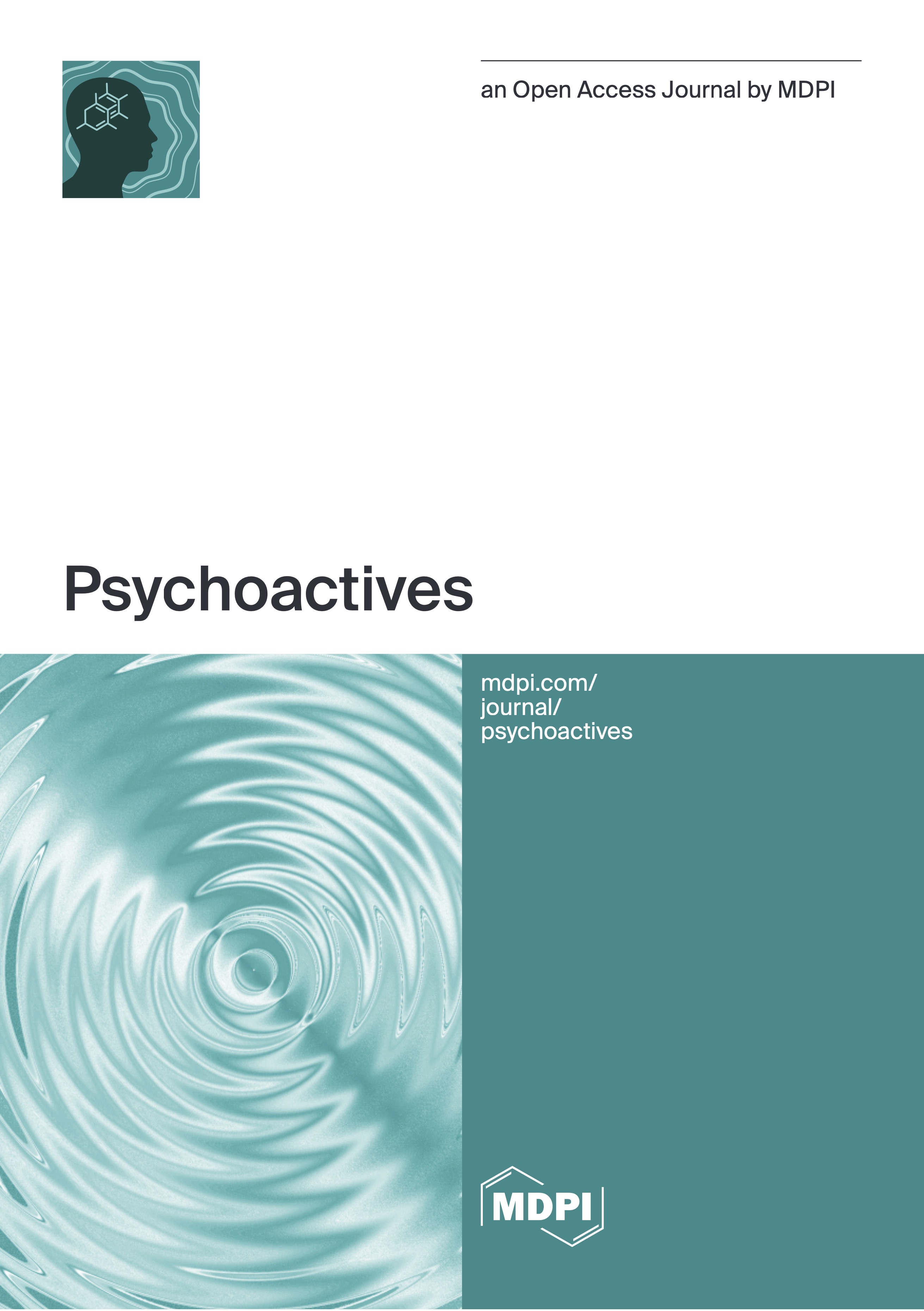
"Transpersonal Ecodelia: Surveying Psychedelically Induced Biophilia"
Alexander Irvine, David Luke, Freya Harrild, Sam Gandy, Rosalind Watts
The objective of this paper is to explore the perceived influence of psychedelic experiences on participants’ relationship with the natural world. A total of 272 participants reporting previous use of psychedelics completed free-text response requests via an online survey. Thematic analysis was used to explore group participant responses. Results: Participants who described a pre-existing relationship with nature reported that psychedelics acted to re-establish and bolster their connection to nature. Those reporting no previously established connection to nature described psychedelics as helping them bond with the natural world. Underlying both of these were reports of transpersonal experiences, of which “interconnectedness” was most frequently linked to shifts in attitudes and behaviours. Participants were also asked to reflect on previous psychedelic experiences that took place in nature and reported a range of benefits of the natural setting. Conclusions: These findings suggest that psychedelics have the capacity to elicit a connection with nature that is passionate and protective, even among those who were not previously nature oriented.
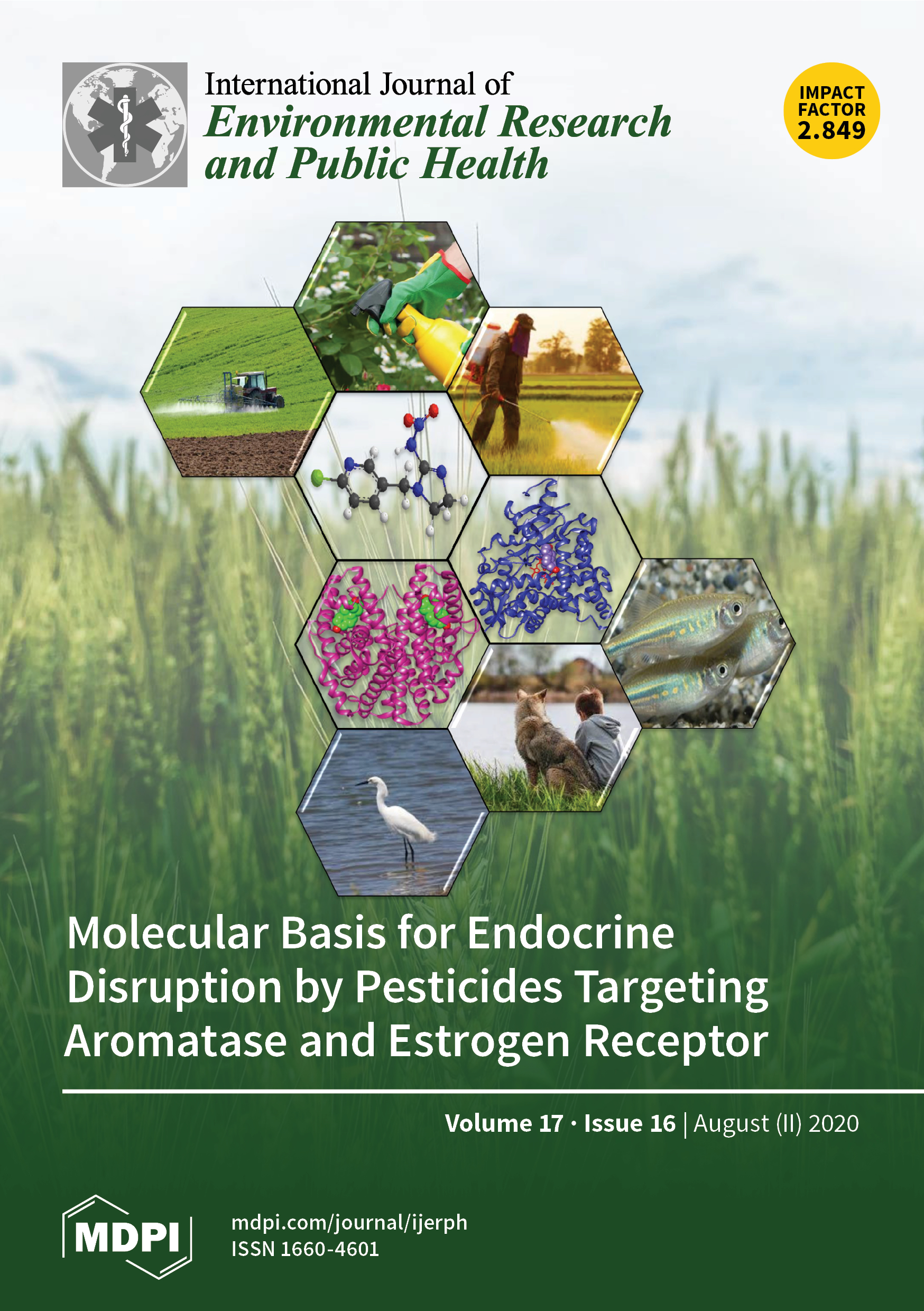
"A Guide to Nature Immersion: Psychological and Physiological Benefits"
Pei Yi Lim, Denise Dillon, Peter K H Chew
Nature exposure has been renowned for its positive physiological and psychological benefits. Recent years have seen a rise in nature immersion programs that make use of Guided Forest Therapy walks in a standard sequence of sensory awareness activities to expose participants to natural environments in a safe but effective manner. The study aimed to compare the efficacy of guided versus unguided nature immersion, upon three dependent variables of mood, nature connectedness and heart rate. 51 participants were assigned to either guided or unguided nature immersion. Nature connectedness (Connectedness to Nature Scale, CNS), Environmental Identity Scale, EID short form) and mood (Positive and Negative Affect Scale, PANAS) were assessed before and after nature immersion, while heart rate was tracked continuously by a wristwatch heart rate tracker throughout the 2-h experience. Demographics and general health practice (GHP) information were also collected. A mixed model ANOVA revealed that nature connectedness and mood (but not heart rate) improved post-immersion for all participants. Comparing the guided/unguided conditions, there were no significant differences in the change in nature connectedness, mood or heart rate. Comparing within the five segments within the standard sequence in the guided condition, the third and fifth segments revealed a significantly lower heart rate compared to the baseline heart rate.

A growing body of research points to the beneficial effects that exposure to the natural world has on health, reducing stress and promoting healing. Now, policymakers, employers, and healthcare providers are increasingly considering the human need for nature in how they plan and operate.
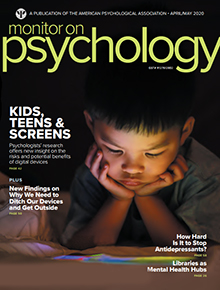
"Nurtured by nature"
Kristin Weir
Psychological research is advancing human understanding of how time in nature can improve one’s mental health and sharpen their cognition.
Photo Credit: Alex Moliski/Pexels